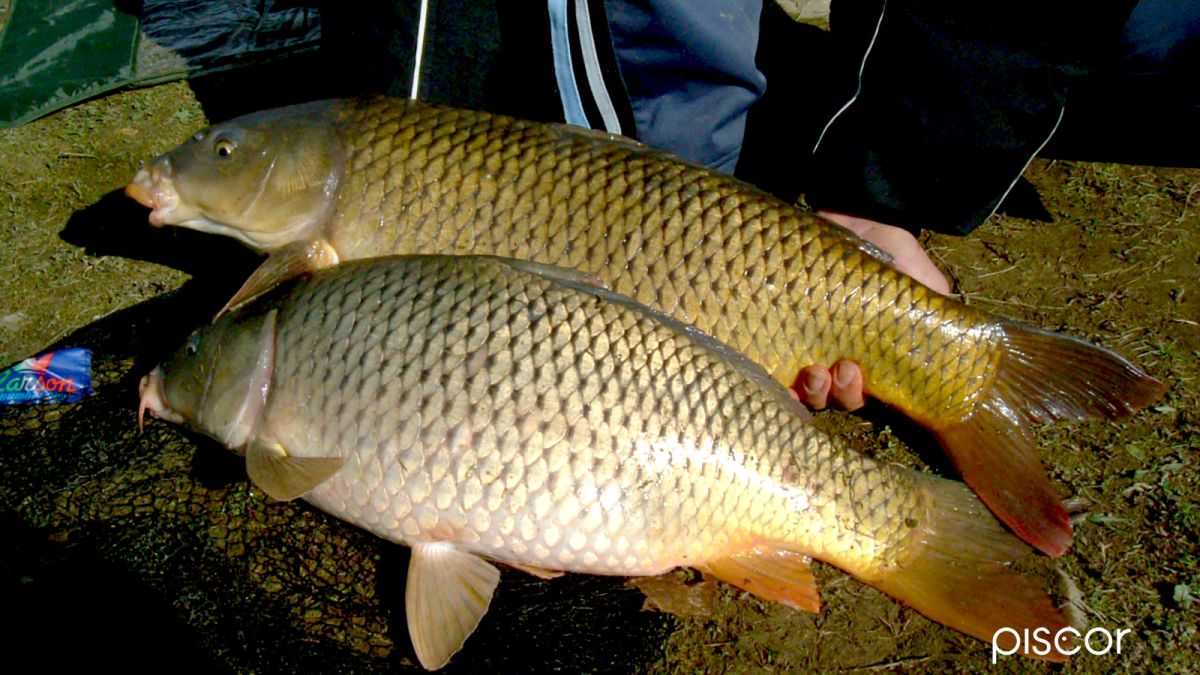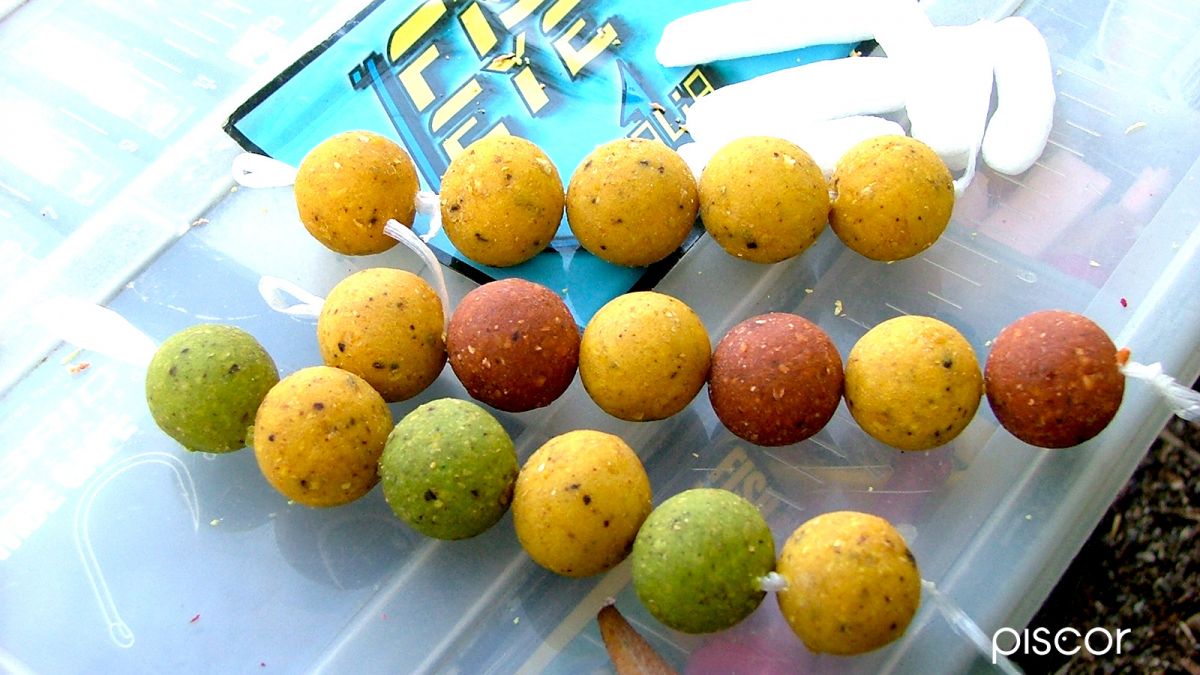Carp Fishing is one of the most famous techniques, in this article we will discover more about this fantastic freshwater fish.
The carp is one of the most widespread fish and also one of those with the largest size. It reaches an average of about 50 cm, but it isn’t unusual to find specimens of over one meter and 25 kilos.
These huge fish, usually, are females, because the males are smaller in size.
The carp is also one of the most long-lived fish: in fact, it can reach and, perhaps, exceed 30 years of age.
We know different types of carp, all descendants of the wild species (Cyprinus carpio) through crossings and selections that took place in more than a thousand years ago.
So, in addition to the queen carp, there is the mirror carp, with large scales that cover part of the body, the leather carp, very similar in shape and color but with bare skin and then the koi carp, a multicolored carp very popular in Eastern countries as ornamental fish.
The carp have 4 barbels on the sides of the mouth that act as sensory organs. All the varieties of carp live both in still waters of the lakes and in the slow current waters and at a high average temperature.
The diet of the carp is very varied, in fact, it feeds on substances of animal origin, such as worms, crustaceans and larvae of aquatic insects, but also of plant, such as seeds, algae and higher aquatic plants.
Reproduction of the carp occurs in between May and June, when the water temperature is around 20 ° C.
The female lays a large number of eggs that, after fertilization by the male, adhere to aquatic plants or other supports, from which, after about a week, small carp will be born. The carp can hybridize with the crucian carp.
In this case it gives rise to a fish that has intermediate characters between the two species. For example, it has only two barbels instead of the four of the carp, id don’t exceeds 5 kg in weight and even the color is intermediate. This hybrid is sterile.
Where is it?
Carp is not native to either Italy or Europe. Many experts have tried to establish where it comes from. They found out that its origin is in Eastern Asia and that the conquest of Europe by this fish began in the Middle Age.
For a long time, in fact, it was thought that the Romans had introduced it in Europe and in Italy in particular, but now this hypothesis seems completely unreliable. Let’s learn more…
LATIN NAME: Cyprinus carpio Linnaeus 1758. Cypriniformes
FAMILY: Cyprinidae
MORPHOLOGY: hard body, long shape, stocky and tall in the mirror carp with evident dorsal gibbosity. Bottom mouth facing down, protractile with four barbels with sensory function. Bronzed brown color with yellowish white belly. Size up to 130 cm with weight up to 30 kilos.
DISTRIBUTION: it is found in the temperate waters
HABITAT: it adapts to any type of water with a medium temperature, even low in oxygen and moderately polluted. It survives in small lakes and prefers areas rich in underwater vegetation. At young age it lives in schools of numerous individuals, and in adulthood it prefers a solitary life.
FEEDING: it is an omnivorous fish feeding on small invertebrates (larvae, worms and crustaceans) and substances of vegetable origin (seeds, algae, etc.)
REPRODUCTION: it occurs in late spring when the water temperature exceeds 20 ° C. Females can also lay more than 200,000 eggs per pound of weight adhering to aquatic plants or other supports. The hatching comes in the next 5-6 days.
NOTES: it is a species not native in Europe. In Italy it was probably introduced in the late Middle Ages.





